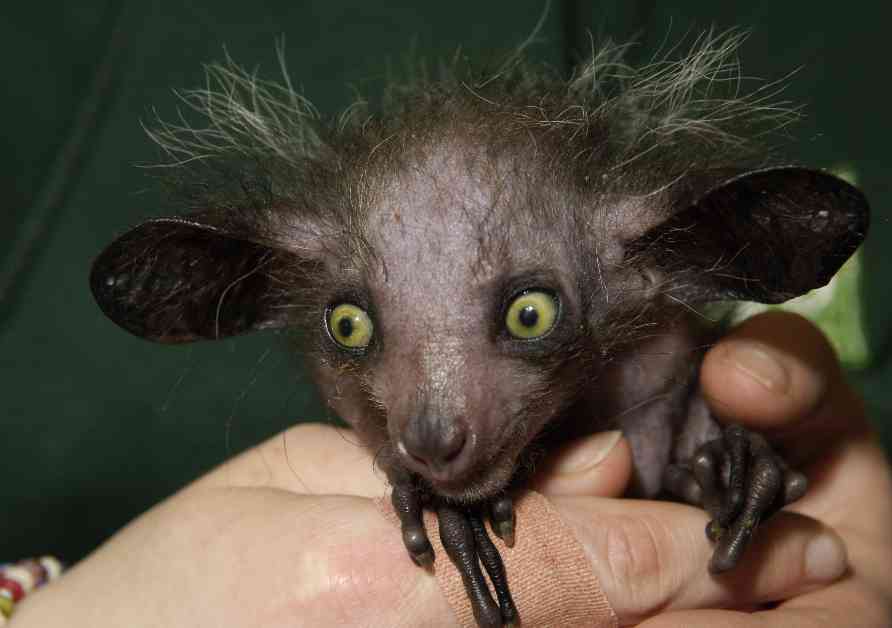Conservation Efforts: Pretty Privilege Persists
So, like, when we talk about wildlife and plant conservation, there’s this thing called “pretty privilege” that’s, like, everywhere. People tend to donate more moolah to help out the animals that are all, like, charismatic and stuff, you know, like elephants and tigers. But, the not-so-cute critters, like boring rodents and dull lizards, they kinda get the short end of the stick when it comes to getting that green paper for conservation— even if they’re, like, super endangered or whatever.
Researchers are also, like, totally guilty of this bias, you know? A new study found that bird researchers are spending most of their time and resources on birds that are, like, easy on the eyes and conveniently located. It’s all about the fancy feathers and bright colors, you know what I mean?
But, like, this bias can seriously mess with conservation efforts for the most at-risk species out there. That’s why there’s been this push lately to shine a spotlight on the less glamorous plants and animals that need our help, too.
Bird Bias: Birds are, like, super diverse with over 11,000 different species flapping around. Some of them are, like, real show-offs with their flashy feathers and vibrant colors, which is why birdwatching has become such a big deal lately. But, are all birds getting the same love from researchers? According to a study, not really.
The study looked at more than 27,000 research papers on North American songbirds and found that the prettiest birds were studied way more than the not-so-flashy ones. It’s all about those flashy and familiar birds that are getting all the attention, while the less attractive ones are kinda left in the dust. Not really sure why this matters, but it seems like a big problem, you know?
In a nutshell, it’s the birds that are all fancy and easy to find that are getting all the love from researchers. The ones with the cool colors and tufty feathers are at the top of the list, while the plain and boring birds are at the bottom. This bias can, like, really hurt the survival of the less charismatic species in the long run, which is a major bummer.
Zooming Out: This whole beauty bias thing isn’t just limited to research preferences, you know? A study found that a whopping 80 percent of conservation funding goes to vertebrates, with birds and mammals getting the lion’s share of the money. Meanwhile, amphibians get, like, less than 3 percent of the funding, even though they’re, like, super endangered.
It’s all about the big, flashy animals like elephants and rhinos that are hogging up most of the conservation projects, leaving the smaller, less charismatic species in the dust. We really need to, like, change our perspective and spread the funding around if we want to stop the decline of biodiversity.
Donation Dilemma: Not really sure why this matters, but, like, some studies have shown that people are more likely to donate money to cute and cuddly animals than to the less attractive ones. It’s all about that “cuteness factor” that pulls at our heartstrings and opens up our wallets. But maybe it’s just me, but shouldn’t all species be getting a fair shot at survival? Just a thought.
In the end, it’s up to us to, like, change the way we view these “ugly” animals and give them the attention and funding they deserve. It might not be easy, but it’s necessary if we want to save our planet’s precious biodiversity. So, let’s all do our part and show some love to the less glamorous species out there.














